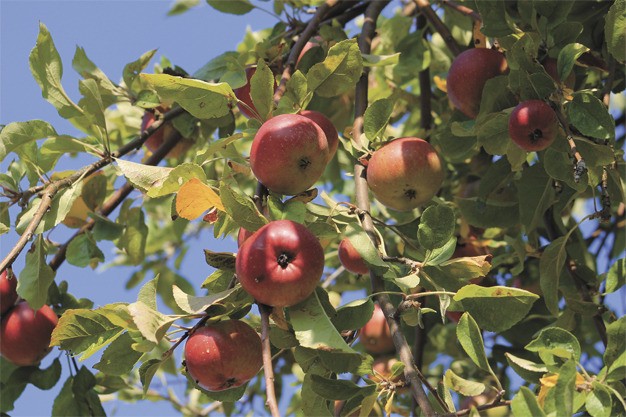Remember when the snack at soccer games was orange slices and water jugs with Dixie cups? Waxed paper sandwich bags and wholesome foods like apples and oranges were our only snack options. Given the hectic lifestyle of today’s average family, it seems so much easier to feed our children with convenient foods that are great short-term timesavers, but not so great for our children’s long-term health. As parents, the time has come for us to stop and think about exactly what we are putting into our children’s bodies.
Chew on this:
An 8-oz. bottle of original Gatorade contains 14 grams of sugar or 50 calories, which is the equivalent of eating a small package of your child’s favorite candy.
Shiver me timbers! That seemingly healthy Booty that you guiltlessly dole out to your kids still contains 130 calories and 5 grams of fat for a 1-oz. serving. While better than your average potato chip, this product will never find its way onto the USDA’s food pyramid.
Some of our kids’ favorite “healthy” yogurt drinks contain nearly 3 teaspoons of sugar in a bottle that is less than half a cup.
Healthy eating doesn’t have to be hard. By creating great eating habits at home, your children will be more likely to continue them at school and on the playing field. Below are some helpful hints to get you started:
Read labels and understand exactly what you are feeding your children.
Start an ongoing conversation with your children about the importance of healthy eating to foster a lifelong relationship with nutritious foods.
Give your children fiber-rich foods such as fruits, veggies/legumes and whole grains, which will help keep them satisfied longer and promote strong digestion.
Eliminate excess sugar where possible. For example, swap out soda and energy drinks with water, and limit juice intake to one small glass per day.
Serve foods with good fats found in fish, lean meats, nuts and vegetable oils.
Smart snacks:
• Easy-to-pack fruits such as apple or pear slices, blueberries or bananas
• A peanut butter and banana sandwich on whole wheat bread
• Nuts
• Edamame
• Carrot sticks with hummus
• Homemade berry smoothies made with low-fat yogurt, banana, wheat germ and tofu
• Cucumber sandwiches on whole wheat or pumpernickel squares with low-fat cream cheese
• Whole-grain crackers with a thin slice of low-fat cheese/string cheese
• 1 serving of nonfat/low-fat yogurt or cottage cheese with fruit or 1 tablespoon of jam
• 1/2 sandwich with whole-grain bread and lean protein and veggies
• Fig bars (they’re lower in fat than cookies and easy to pack for a snack).
So what are you waiting for? Getting back to basics is easy. Start fueling your children’s minds and bodies with nutrient-rich snacks and meals that will help them cross the finish line.
The community is invited to the Mercer Island Food Revolution’s Fall Community Dinner, from 5:30 to 7 p.m. Oct. 4 at the Mercer Island Presbyterian Church. Donations are welcome.
More resources:
• EatingWell.com: Provides inspiration and information to help people make healthy eating a way of life.
•WebMD.com/diet: Healthy Living and Eating Tips from WebMD.
• Letsmove.com: Michelle Obama promotes healthy eating and leads the fight against childhood obesity.


